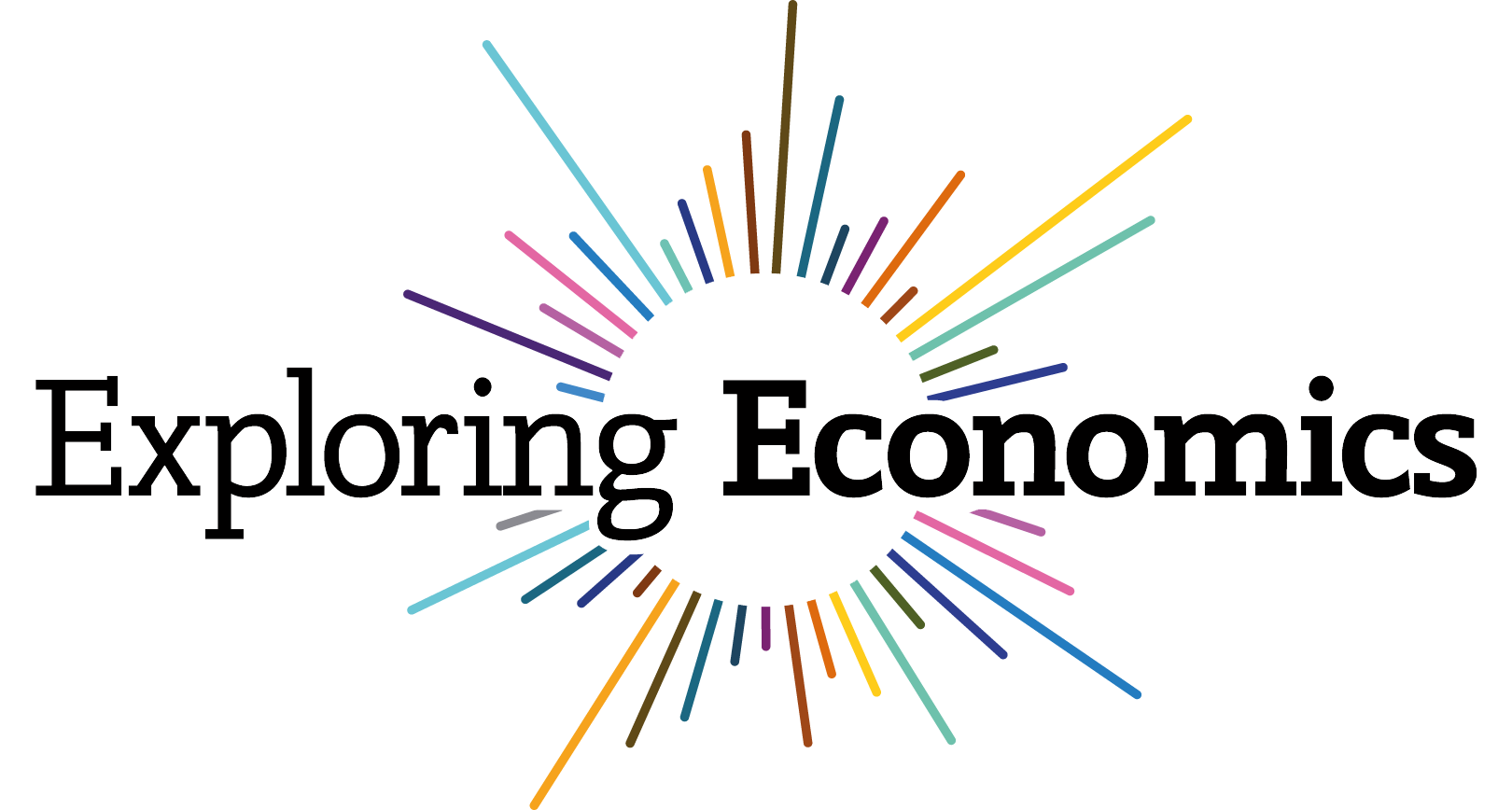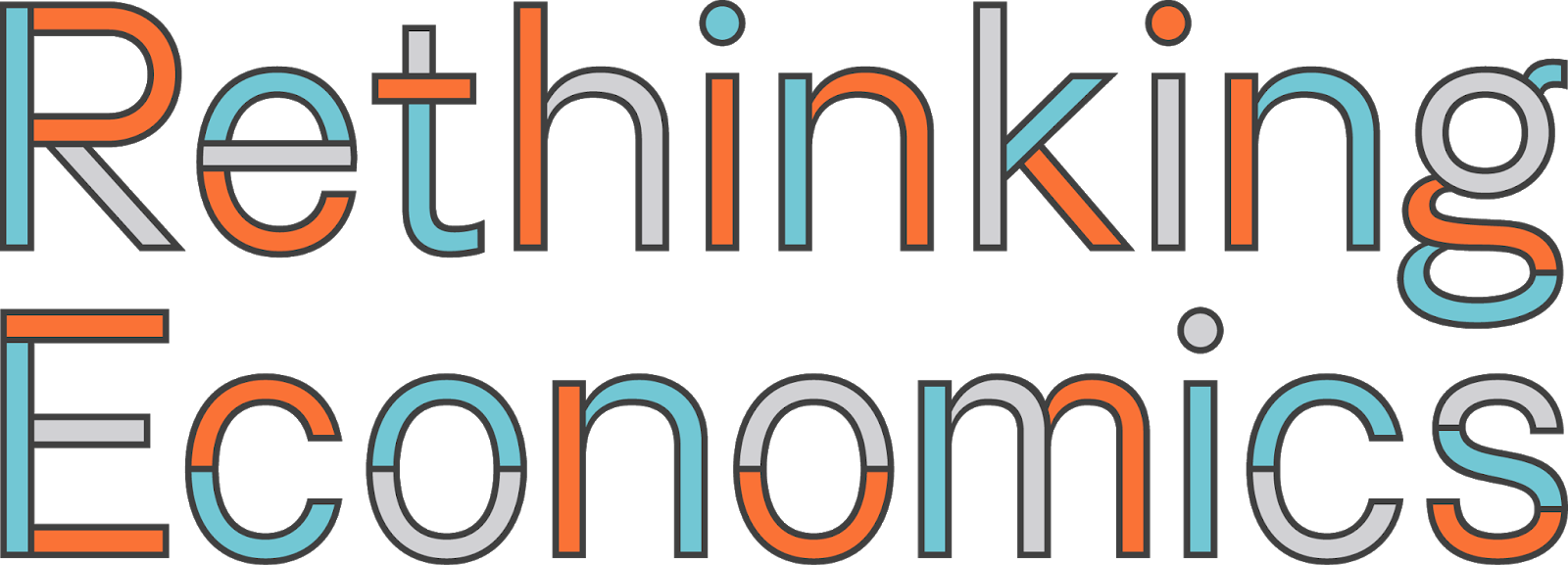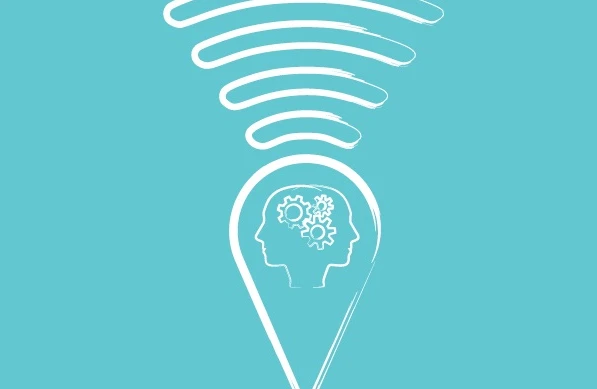It's a match!
Rethinking Economics, 2020
Pluralist Showcase
In the pluralist showcase series by Rethinking Economics, Cahal Moran explores non-mainstream ideas in economics and how they are useful for explaining, understanding and predicting things in economics.


It's a Match!
By Cahal Moran
Pluralism includes mainstream economics. Our campaign for pluralism, including this series, have generally focused on ideas outside the mainstream on the basis that it gets plenty of attention already so we want to spend our time exposing people to alternatives. Nevertheless, mainstream ideas deserve some attention. On top of this, a curious feature of modern economics education is that some of the best ideas from mainstream economics are not even taught to undergraduates! During this series I will explore such ideas, starting today with the market construction technique known as ‘matching’.
Economists have supplied matching as an alternative to classical market in order to address situations where standard markets are not appropriate. However, it still retains many of the things economists like about markets, such as efficiency and satisfaction of individual preferences. Matching is best used in situations where people have to be…well, matched. According to Al Roth, who along with Lloyd Shapley won the 2012 Nobel Prize, “matching markets are markets in which you can’t just choose what you want (even if you can afford it), you also have to be chosen”. It’s not enough to want to go to a top university; they have to choose you. Similarly, they can’t just want you; you have to choose them. Such problems are known as two-sided matching problems.
Another reason to use matching markets is that in many areas of society people object to the existence of classical markets due to basic moral intuitions: we don’t approve of a market in children, or slavery more generally, whereas a market in televisions is less intrinsically objectionable. In between these two extremes are a number of thorny topics such as markets in healthcare and education, where debates still rage over to whether and to what extent market mechanisms should be used with answers varying over time and place. For whatever reason, the introduction of money into these areas can be unpalatable and matching neatly avoids it.
Matching was first explored in the 1960s by David Gale and Lloyd Shapley, who considered the problem of allocating students to school or college places. They introduced the Deferred Acceptance (DA) algorithm, which asks both students and schools to rank each school and student (respectively) and then proceeds to allocate students to schools in rounds in secret through a private clearing house. In the first round, students’ first choice is submitted to schools and the school ‘tentatively accepts’ its most preferred students until all its places are filled, rejecting the others. In the next round, the rejected students’ second choice is submitted to schools, who will then tentatively accept any students the school prefers to those they accepted from the previous round, rejecting anyone who is pushed out. This process continues until no student application is rejected, after which the final places are announced to schools and students.
One of the key characteristics of the outcome of the DA algorithm is that no school and student want to sneak off and make a private deal. If you have been rejected by a school, it’s because they preferred another student so they will not be willing to do so. Ditto for a school being rejected by a student. There is also no reason to misreport your preferences: if there were only one round, for example, you might fear getting rejected from your first choice and tactically choose your second or third. With the DA algorithm you know each of your preferences are going to be considered in turn so your best bet is to report them truthfully. Another point worth mentioning is that the algorithm can be readily adjusted to take into account discrimination, geographical preferences and other quotas which are politically decided, making it extremely versatile.
Although matching cannot be ‘tested’ in a strict scientific sense, its adherents have noted that when alternative methods have been used it has resulted in widespread gaming, misreporting of preferences and private deal-making - with all the associated stress and heartbreak for the individuals involved. In his Nobel Lecture Roth uses the example of medical schools in the US in the 1940s, where misaligned incentives led to hospitals offering doctors places long before they had graduated. When this was banned the few months after graduation became a complete mess, with short-term exploding offers (i.e. accept on the phone or we’ll move on to someone else) the norm. Eventually the medical schools created something like the DA algorithm and the situation improved markedly. Roth contrasts this to markets in the UK at the same time, which did not always implement stable algorithms and which did not experience improved outcomes.
There are an increasing number of algorithms and in the matching literature, each with names like ‘Top Cycle Trading’ or ‘Random Serial Dictatorship’, which sound cool if you’re a nerd like me. The major thrust of the literature is in the proofs of whether and why these algorithms work using the language of preferences and set theory (if you’ve ever wondered if microeconomic theory is entirely impractical, here’s a concrete example where it is not). Having said that, coming up with the algorithms in the first place is the more creatively tricky task and not something that should be forgotten when trudging through the complicated proofs.
So too have the number of applications of the theory increased. The one that arguably attracted the most media attention was the matching of kidney donors to those in need, a case where the matching algorithm can feasibly have been argued to save lives. On the other hand, matching certainly has its limitations. Its scope is narrow and it can’t deal with structural problems, for example a poor education system is not fixed by matching students up to schools more effectively. At Manchester we recently had a seminar on matching refugees more effectively to home towns in a way that suited both the refugee and the town. It was a fantastic seminar – the speaker used Tetris blocks to illustrate how it worked, and there was no doubt in my mind it would improve the situation for many refugees – but evidently the bigger problems posed by the rising number of global refugees are not going to solved by a matching algorithm.
Matching is an area of the literature which is in dire need of being taught to undergraduates. It effectively addresses an important question concerning how to allocate scarce resources, the typical mainstream definition of economics. It’s no wonder students question their education when they don’t even get a glance at one of economists’ most successful endeavours. Yes, they would likely be scared of the proofs – but the basic logic is possible to teach. Let me add that as somebody who has been on the economics job market, it’s bizarre that economists don’t (mercifully) use a system like this, which they themselves have proven would make things easier and more efficient. But maybe that’s another issue.

